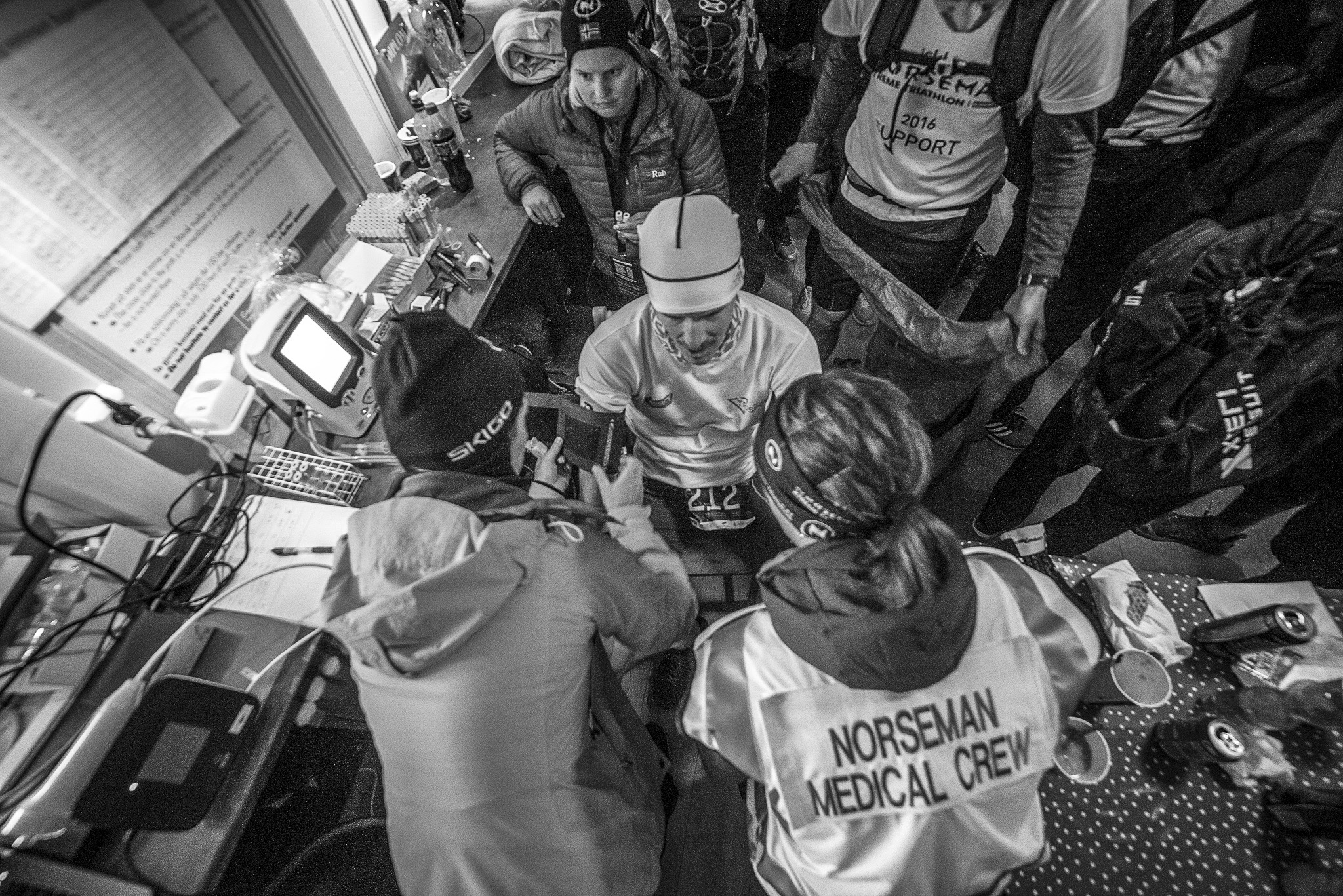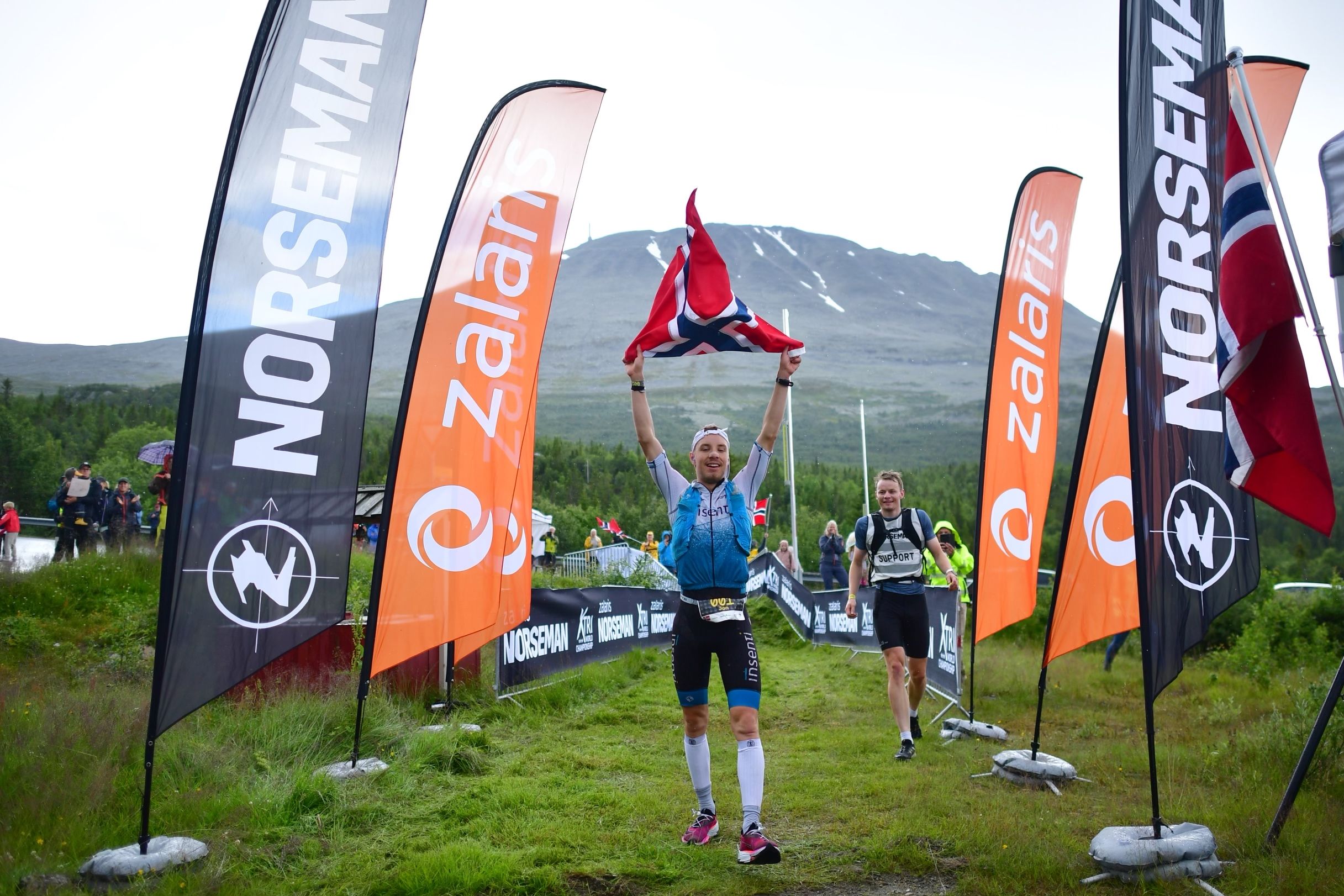If you have raced Norseman the last five years, you probably have seen researchers both in Eidfjord and around the finish line. All the researchers are experts in different subfields of human physiology and do samplings and data collections on willing Norseman athletes. Research is a painfully slow process, but now the first paper from our investigations directly on Norseman athletes is published. There are more papers to come in the near future.
The paper published last week is a study regarding the lung physiology of Norseman athletes. It is lead by Dr Trine Stensrud and Dr Julie Stang from the Norwegian School of Sports Sciences, with support from the whole Norseman research team crew. And with willingly Norseman athletes. The data is collected during the race in 2016 and 2017 and includes 63 athletes.

The study is designed with a baseline test in Eidfjord before race start. This is for us to have the individual athlete’s normal physiology measured, for comparison with our identical tests after the race. Then a test immediately after crossing the finish line, and the last test the day after the race. The whole purpose of this study is to find how the lungs are affected by a hard race. And yes, Norseman is hard. But we find out more and more bits regarding the specifics on how the body responds to this.
Our aim in this study was to search for Exercise-Induced Bronchoconstriction (EIB) and Exercise-Induced Arterial Hypoxemia. Both are frequently observed, especially in cold air athletes and swimmers but also in triathletes. To gain more knowledge of the specifics on these two conditions is outside the scope of this blog. If interested, we urge you to read the whole paper. Here is a brief summary:
Exercise-Induced Bronchoconstriction is the airways in the lungs that are being constricted due to exercise. It gives tightening of the smooth muscles in the lungs. This often leads to shortness of breath and coughing. Exercise-Induced Arterial Hypoxemia is a recognized phenomenon in highly trained adults. Hypoxemia basically means “less Oxygen”, and therefore arterial hypoxemia means less oxygen in the blood. We can measure the oxygen content in the blood by using a pulse oximetry device. Normal reading on the pulse oximetry is 98-100%, and an EIAH is defined as a reduction in 4% or more.
Our findings in the present study were that nearly half of the Norseman participants presented symptoms of EIB immediately after the race and almost two-thirds of the athletes showed evidence of EIAH. In addition, 28% of the athletes tested still had reduced lung function the day after the race.
Reduced pulmonary response after a long-distance triathlon such as the Norseman is barely described in the literature. However, the findings in our group of Norseman triathletes are in line with previous studies.
Would you like to learn more? The abstract can be found here.








